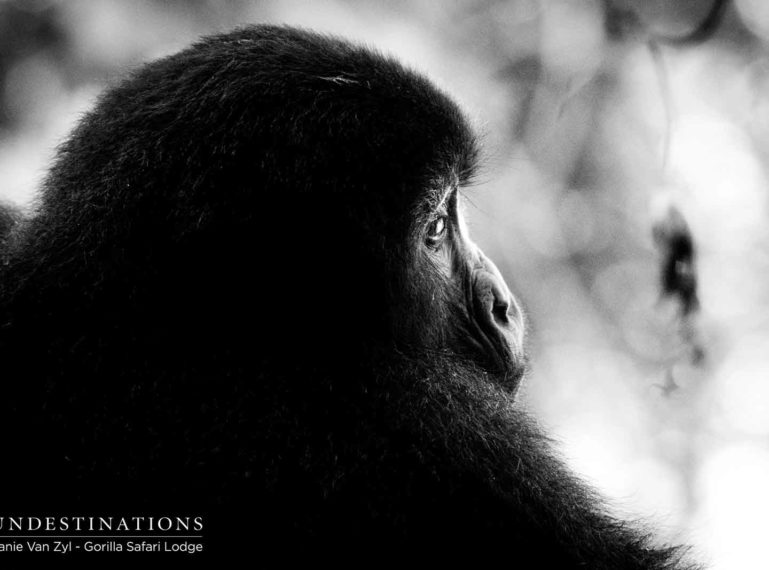
Uganda is one of the last places on earth to see endangered mountain gorillas in their natural forest habitat. You’ve booked the bucket-list wildlife experience of a lifetime, but a visit to these iconic creature requires a walk on the wild side – into the African jungle. It’s named the Bwindi Impenetrable Forest National Park for a good reason, and it’s best to be prepared.
Here’s a foolproof, tried-and-tested list to use while packing for gorilla trekking.
Also read: Gorilla Portraits from Trekking in Bwindi Impenetrable Forest
Waterproof clothing
The Bwindi Impenetrable Forest National Park is a rain forest, and the lush region often experiences showers. You can trek in anything, but keep in mind that once wet, walking in sopping clothing can really dampen the mood. Consider waterproof trousers, or even gym tights, as long as they are lightweight and quick-drying. Like any safari, try to keep clothing colours as neutral as possible (dark green, khaki, greys and black all blend into the environment). Definitely pack a raincoat too. Ensure it has a roomy hood to adequately cover your head plus elasticated wrists and waist hem so that no water seeps into your dry layers below. Find one that’s lightweight and can fold up into a small bundle, it’ll be easy to stash it in your backpack until needed.
Waterproof boots
On arrival at the briefing point for gorilla trekking, you’ll notice that all guides and porters wear a trusty pair of gumboots. Take a leaf out of their book and bring a pair of waterproof hiking boots. Ensure they are worn in and comfortable because tracking the gorillas can take anything from half an hour (if you’re lucky) to six hard hours of hiking. The experience of a lifetime can be easily ruined by having to slosh around in wet shoes and socks. Which brings us to the next point.
Long, thick socks
Fire ants. They may be tiny, but they can be torturous. Keep them out by wearing a pair of hiking socks that are long enough to put over the hem of your trousers.
Gaiters
Over your long socks, strap on a pair of waterproof gaiters. Socks should be enough to keep out the ants, these guys are more to ensure that rainwater doesn’t slide as easily into your shoes. Think of it as blister prevention.
Layers
Like your feet, it’s best to dress the rest of your body in layers too. The high altitude means you’re likely to set off in the cool of the morning, but it’ll heat up rapidly as the muddy slopes begin to kick up the heart rate. Long sleeves and trousers also protect against prickly vegetation and save your limbs from scratches and bugs.
Gardening gloves
You’re likely to scoff at this one, but they really do come in, er, handy. Some paths and trails wind through Bwindi, but the gorillas seldom stick to these. You’ll have to follow the gorilla family as they chew their way through the forest to the very best foliage. Guides slash a course using machetes, but due to slippery mud, you’ll often need to grab onto trees, vines and thorny ferns for support. Doing so, using a pair of gardening gloves makes this so much more manageable.
Small, comfortable backpack
Plan for the worst-case scenario. You might be out in the forest and walking for a full day. Take water, a packed lunch, sunscreen and your camera. A Camelbak water pouch will allow you to sip while you stroll (be sure to keep hydrated at altitude). If you’re carrying a lot of photographic gear, consider taking a fully waterproof dry bag to stash the critical stuff and a ziplock bag for your smartphone.
Where to stay when gorilla trekking in Uganda
Gorilla Safari Lodge has 18 luxurious cottages set in lush, colourful gardens overlooking the Bwindi Impenetrable Forest, which is a five-minute stroll away. Memorable touches include complimentary shoe-washing service (you’ll be grateful after all the mud!) and hot water bottles at turn down. Some units (all of them are named after gorilla families or individuals) have a bath and cosy indoor fireplace – ideal after a long day on foot.
Everything you need to know about Gorilla trekking in Uganda
You need to arrange your wildlife permits to trek with gorillas before arriving in Uganda. Sun Destinations can arrange these permits for you and suggest the best dates and itinerary to work around this availability. Before booking, you need to decide which experience you’re after.
There are two ways to see Uganda’s mountain gorillas. Tracking gorillas ($600 per person, half the price of those in Rwanda) can take anything from three hours to a full day and allows a full hour observing a gorilla family.
There is also the gorilla habituation experience ($1500 per person), which is a full-day excursion and enables four hours alongside a gorilla family. It’s currently only available in the Rushaga district, which is precisely where Gorilla Safari Lodge is. Fitness is plus as the excursion requires a full day of walking through the rainforest, but your efforts will be rewarded. This experience allows four hours with a gorilla family and provides an intimate opportunity to observe wild gorillas with a team of researchers, trackers, rangers and leading conservationists.
Tips for travelling to Bwindi
Apply for your Uganda visa online. It takes roughly five working days and costs $50. visas.immigration.go.ug
Gorilla Safari Lodge is located in a misty valley and often experiences cool to cold temperatures. Pack warm jackets, especially for mornings and evenings.
Hire a porter. The porter system supplies employment to the surrounding Bwindi community. It works on a rotation system (it’s good and fair) but unemployment is rife so often the porters only get to work once a month. It costs just $15, which is sometimes a porters full salalry. Tip kindly if they have done a good job.
Take both Visa and Mastercard options because drawing cash from ATMs can be problematic. Bring US dollars in small denominations. Tipping is widely expected, and there are no cash facilities close to the lodge.
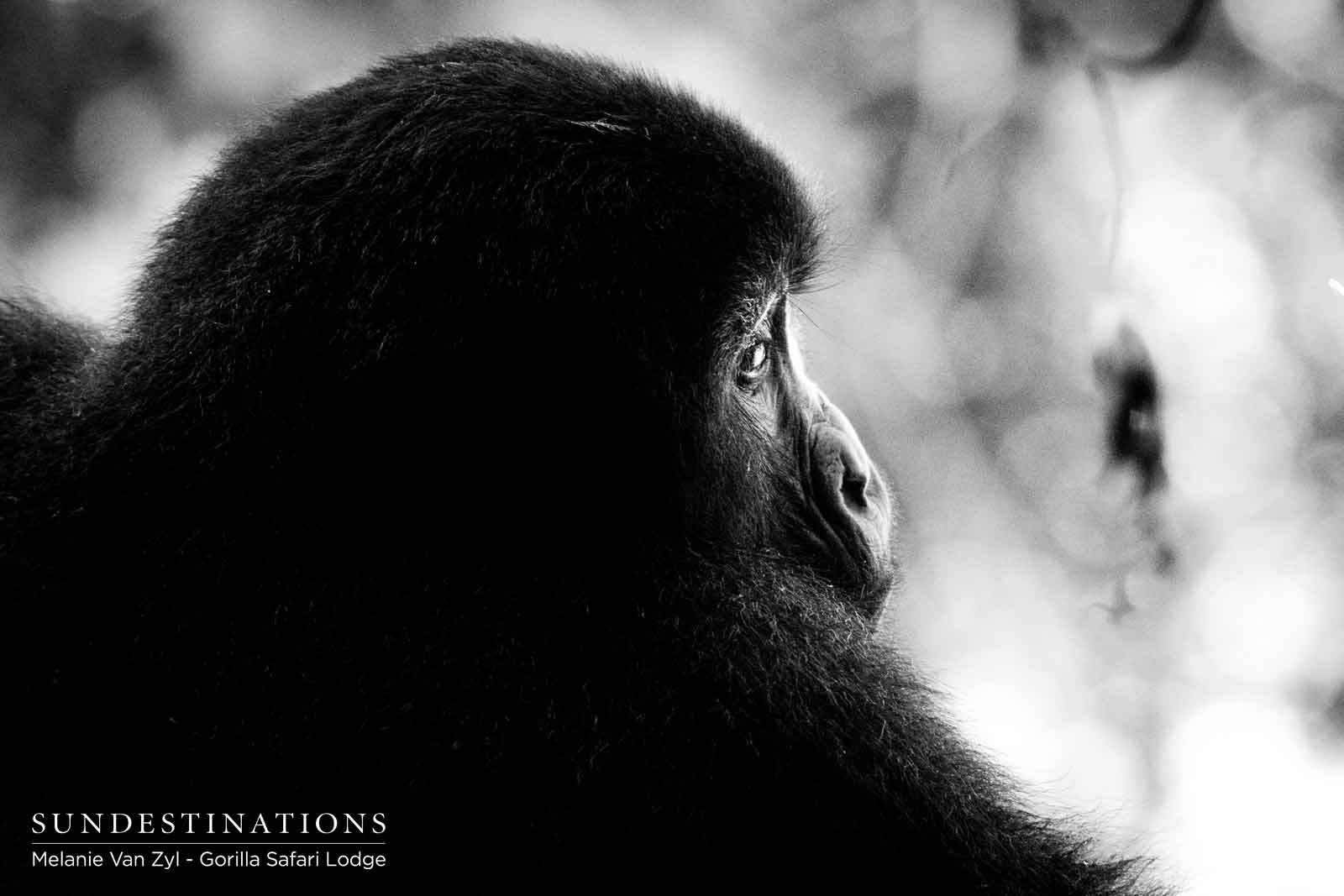
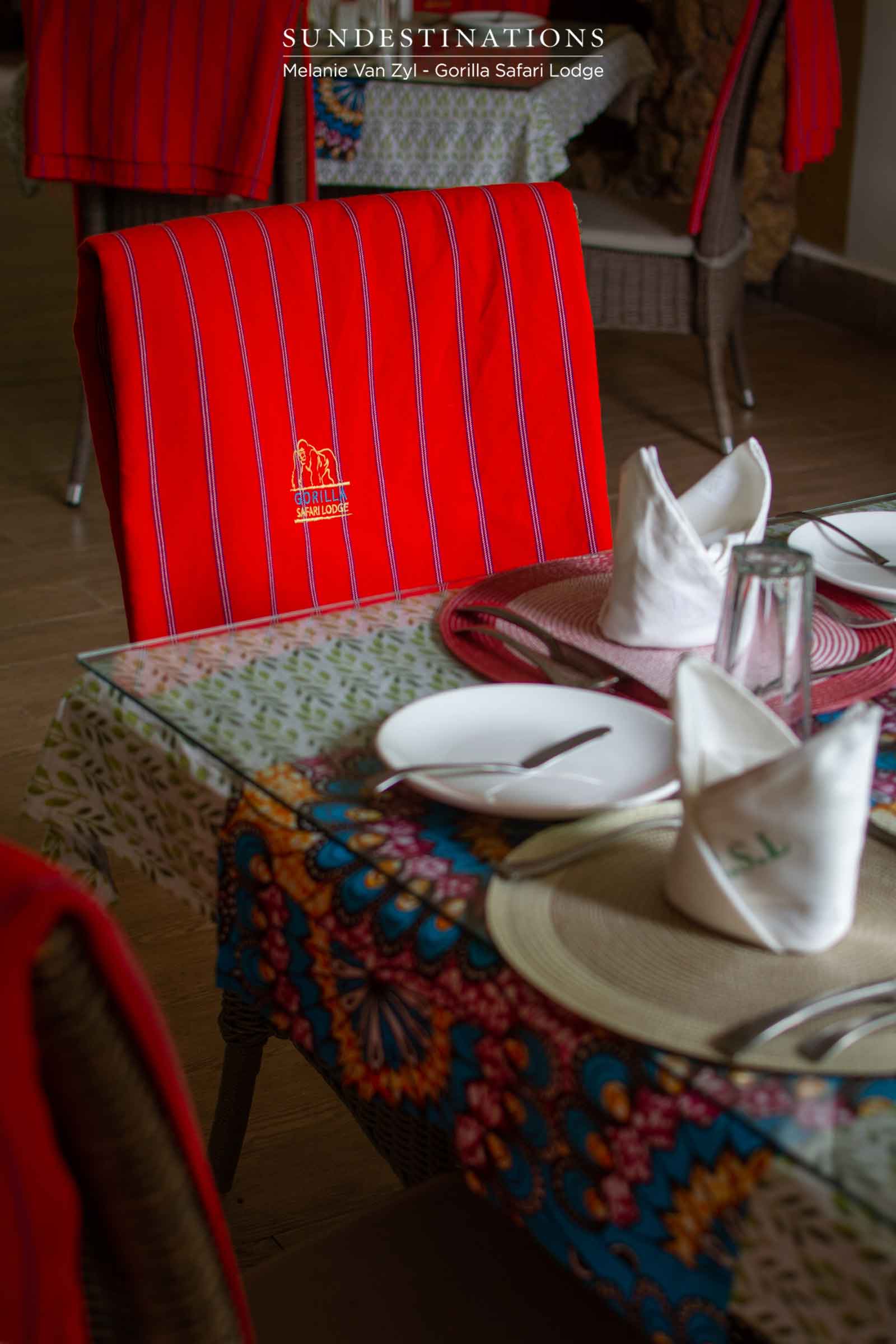
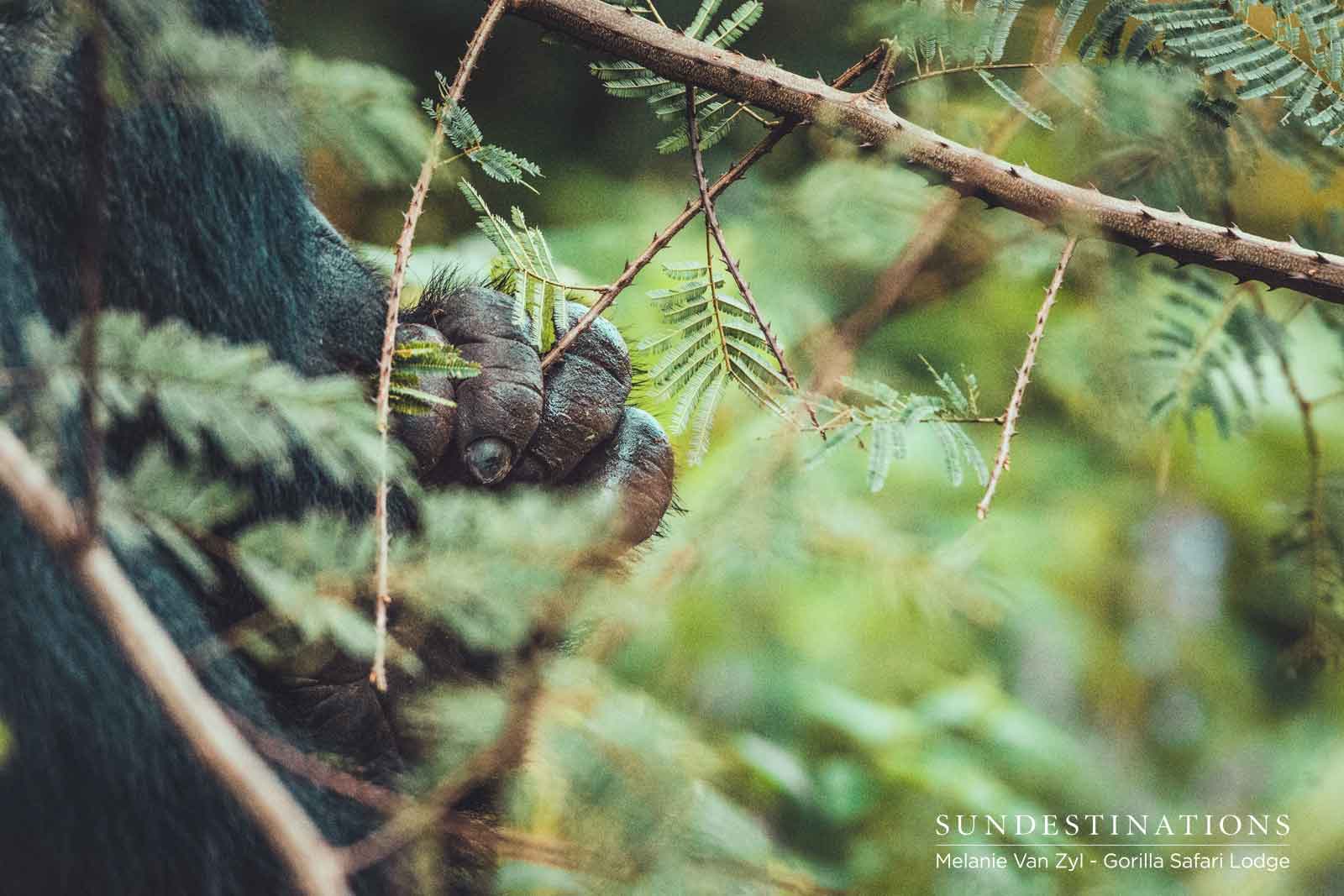
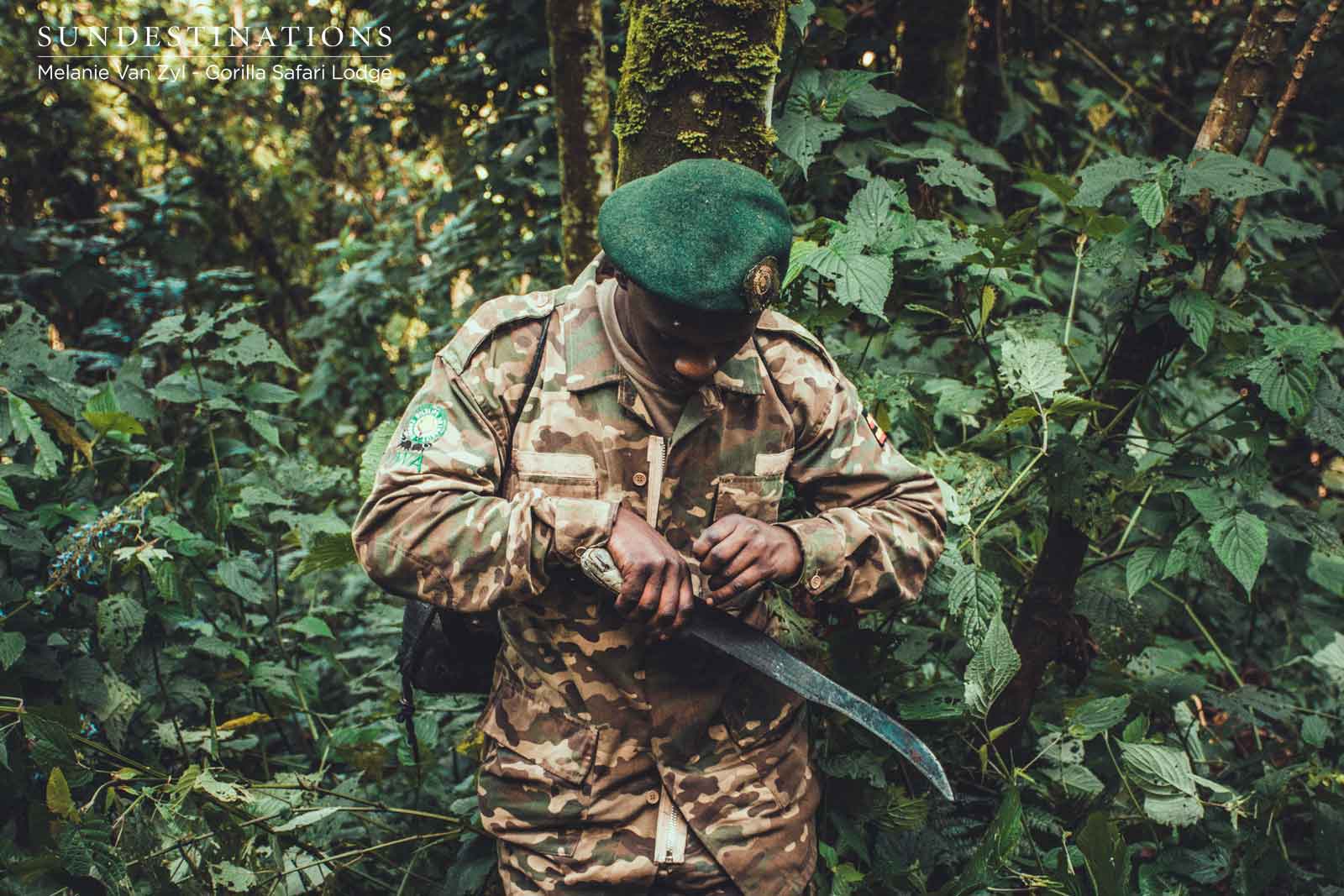
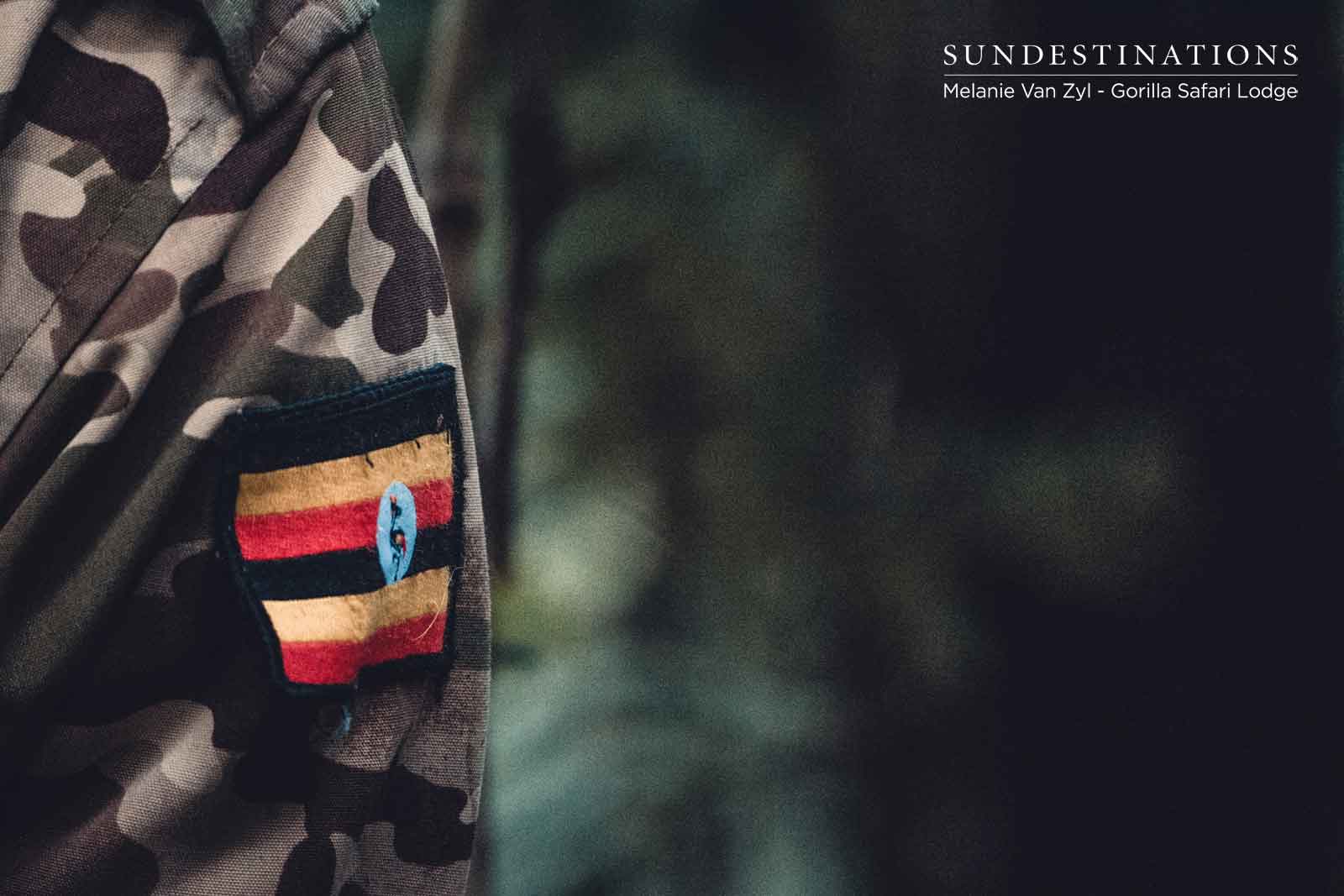
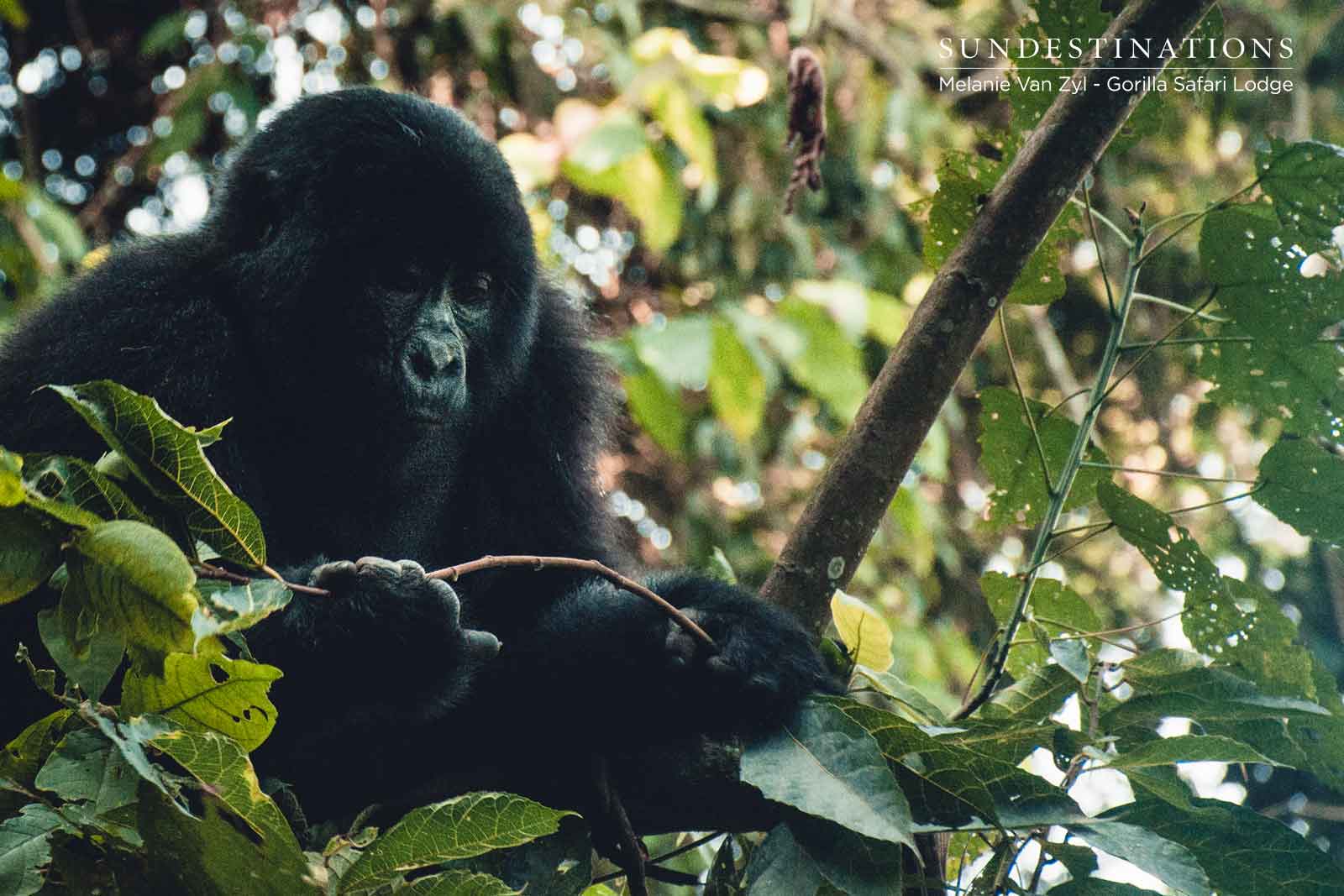
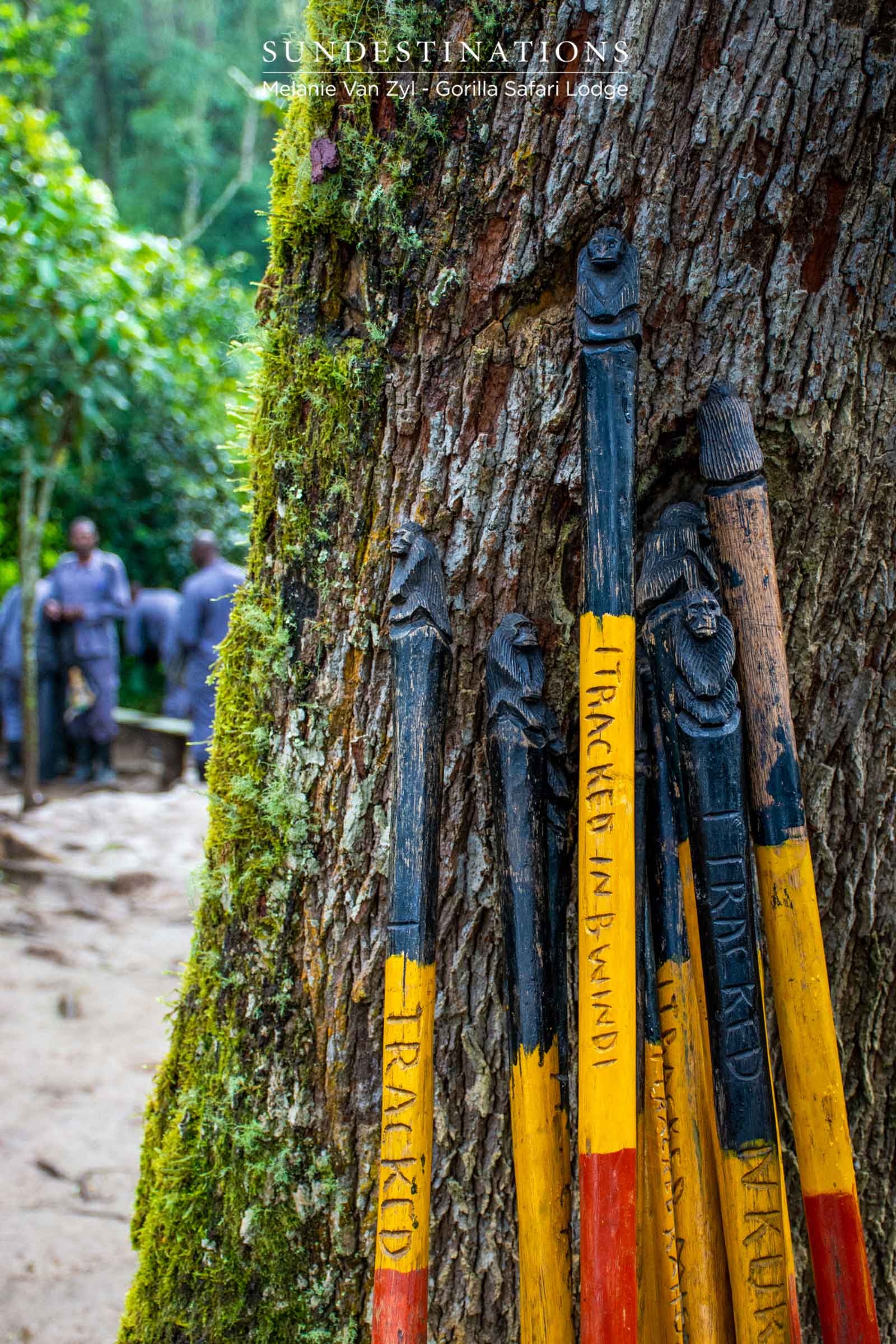
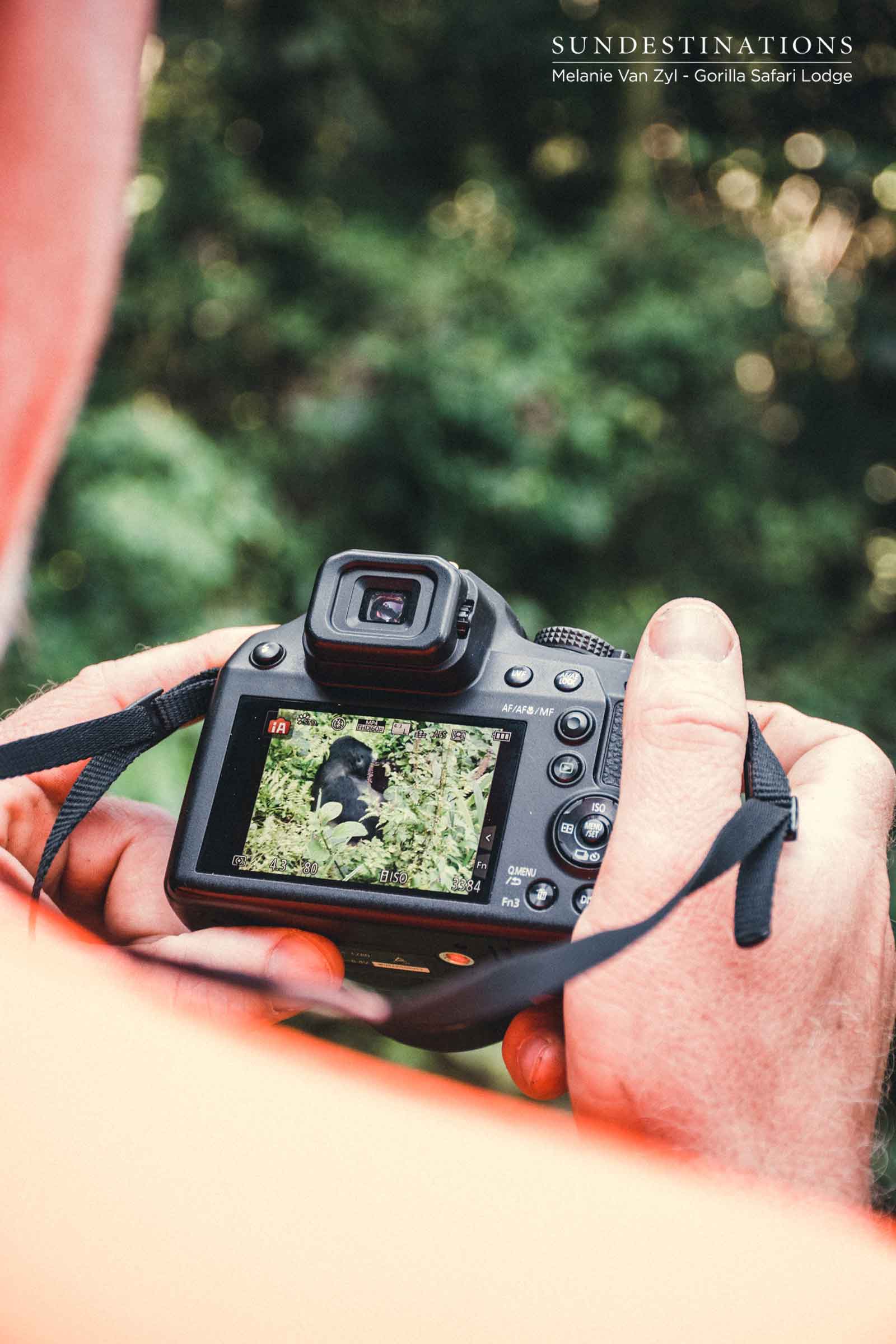

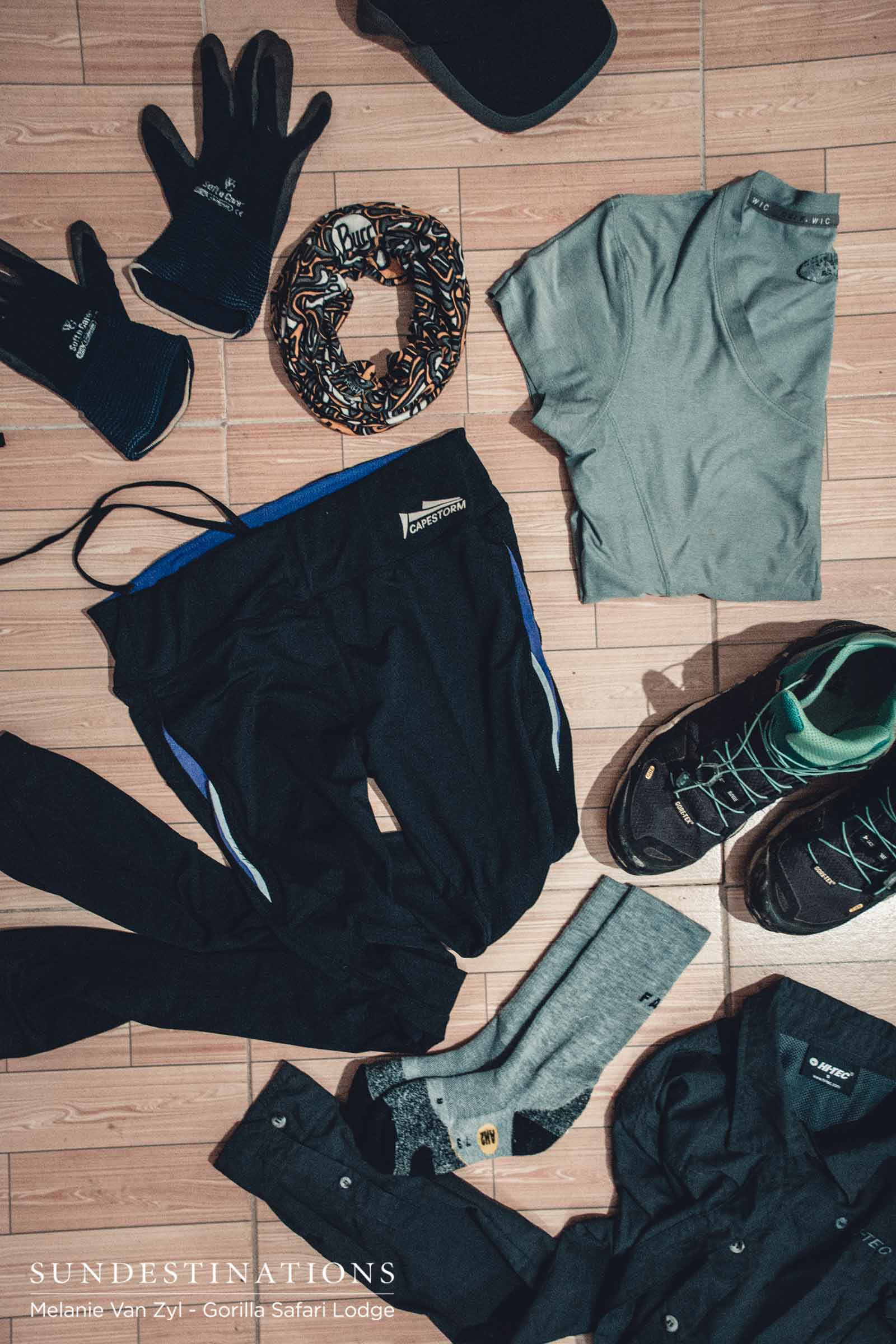
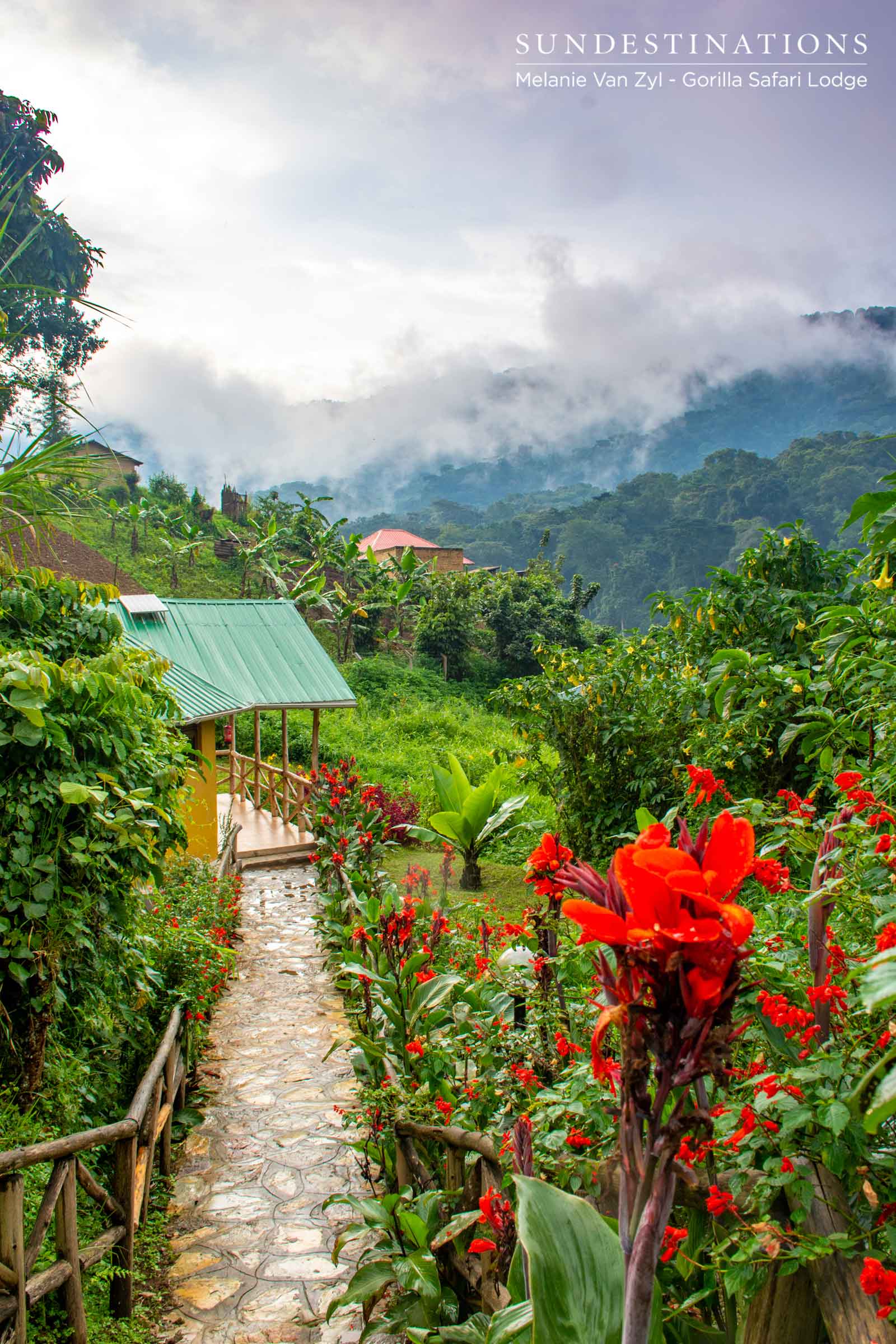
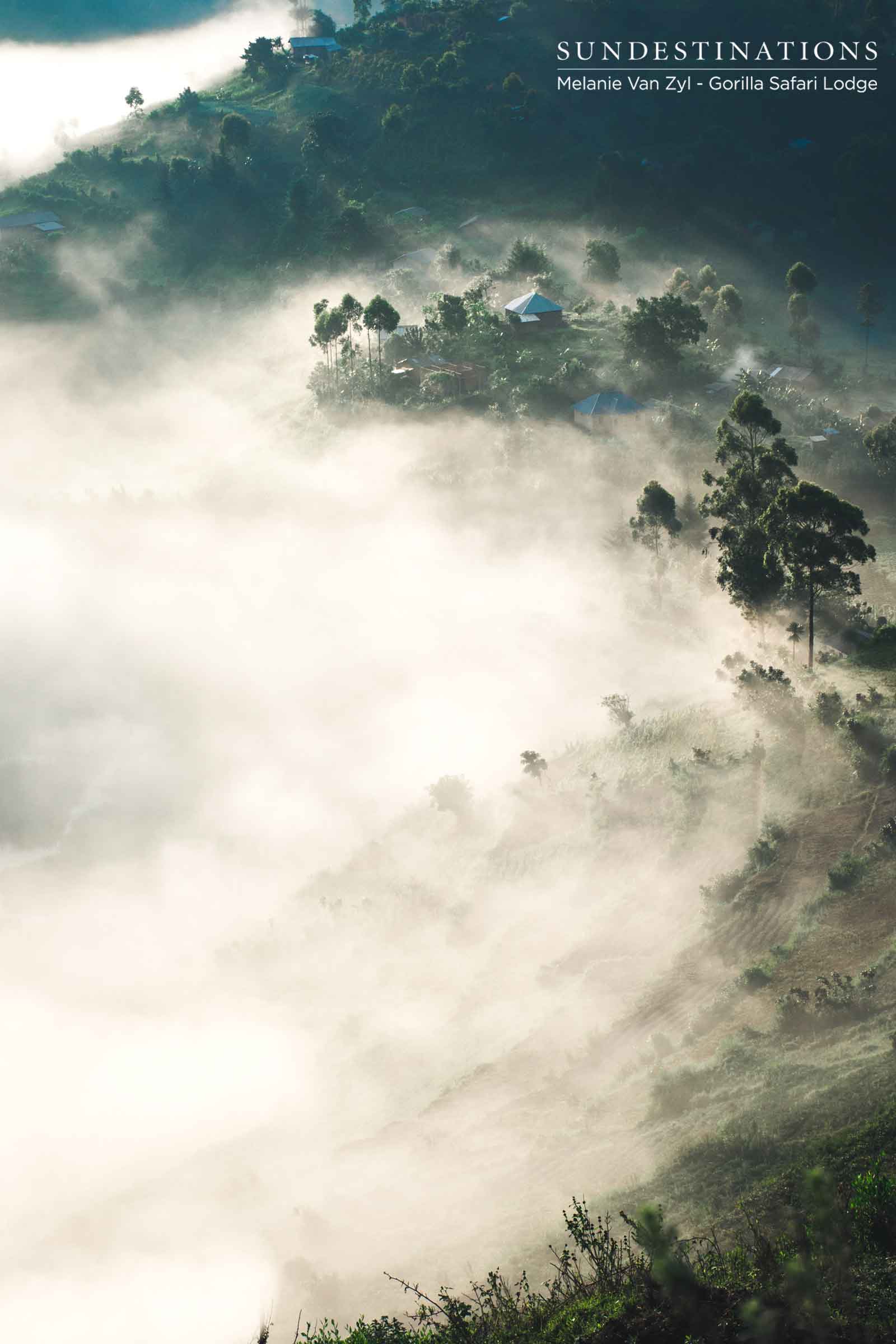
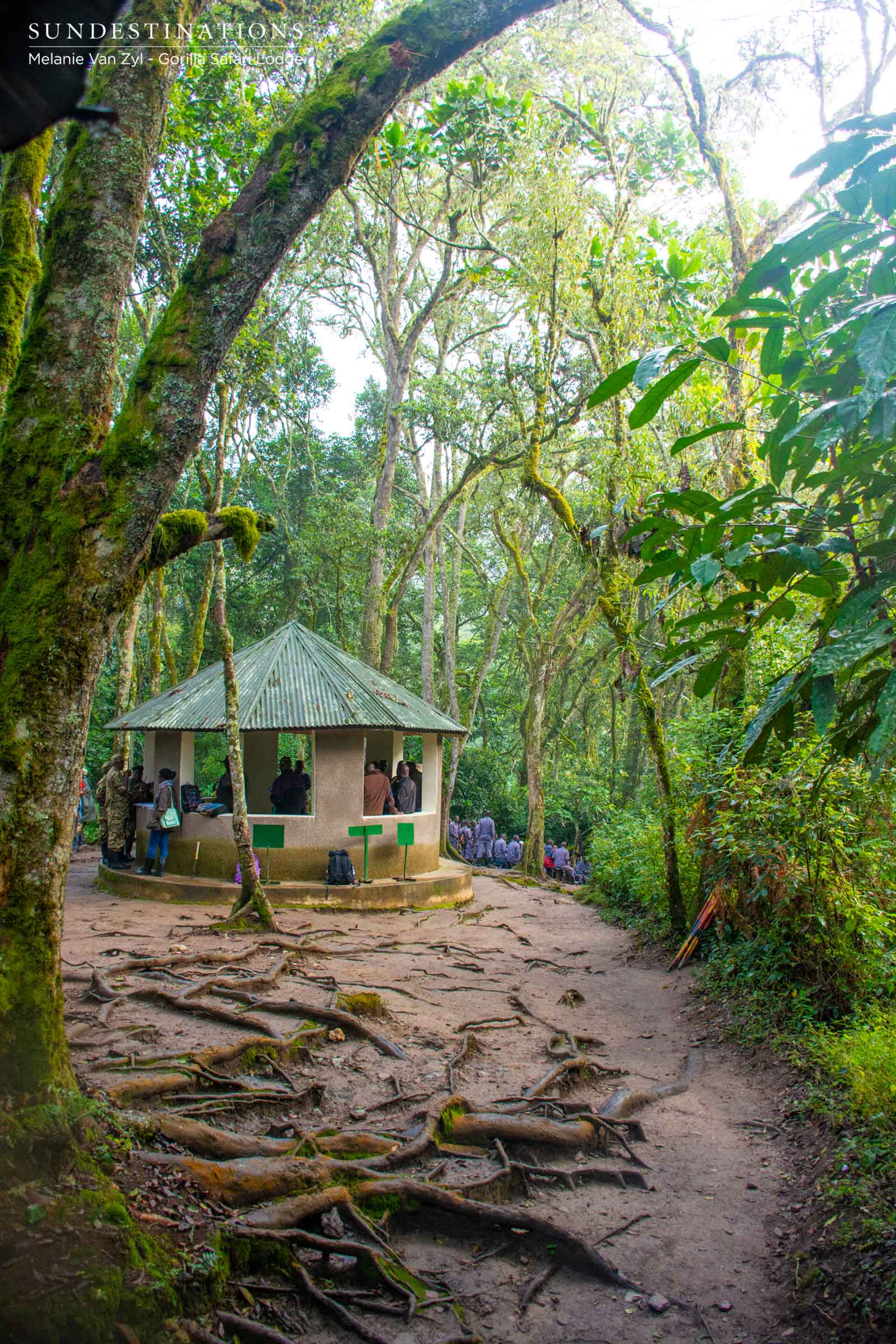
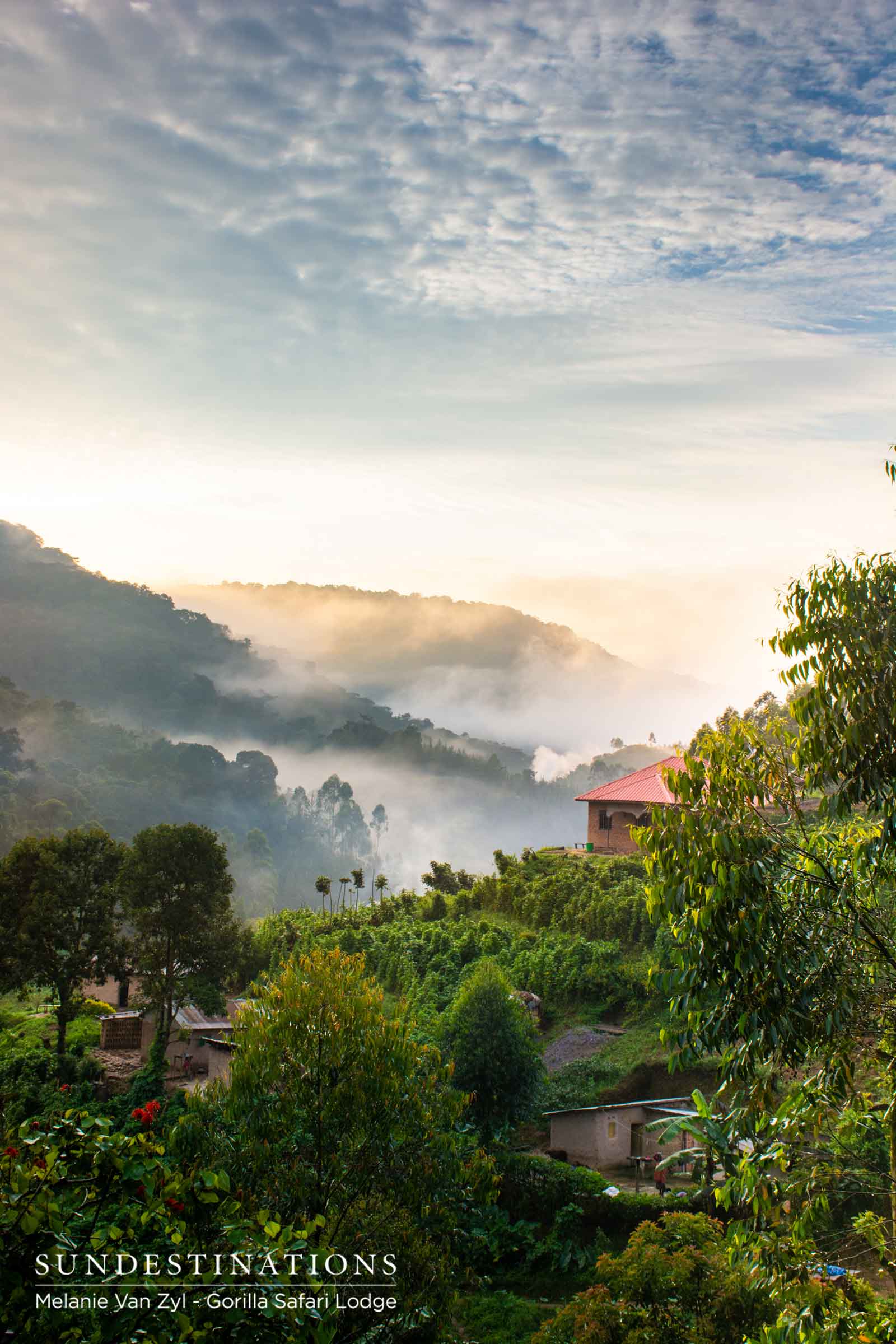
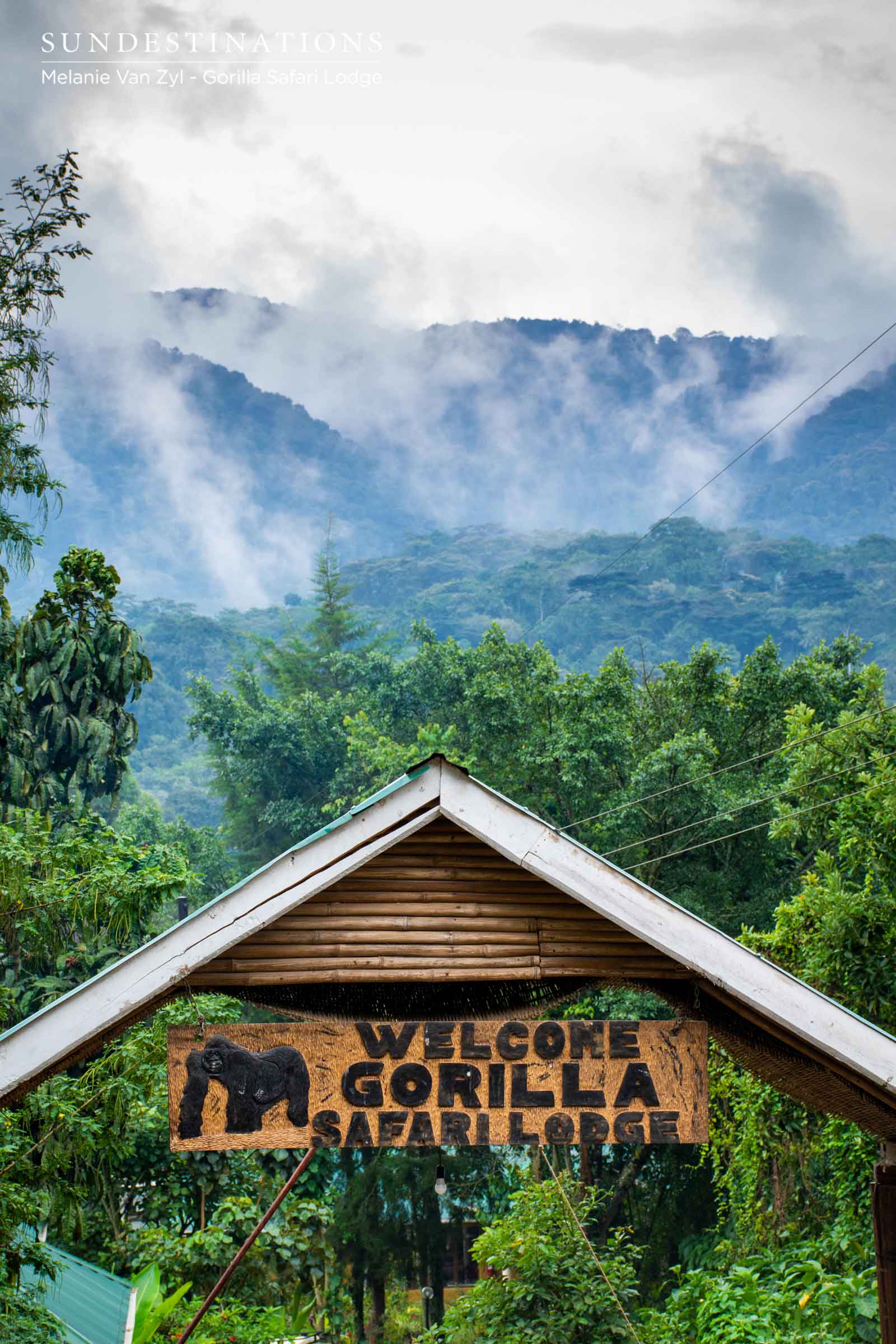
Leave a Comment